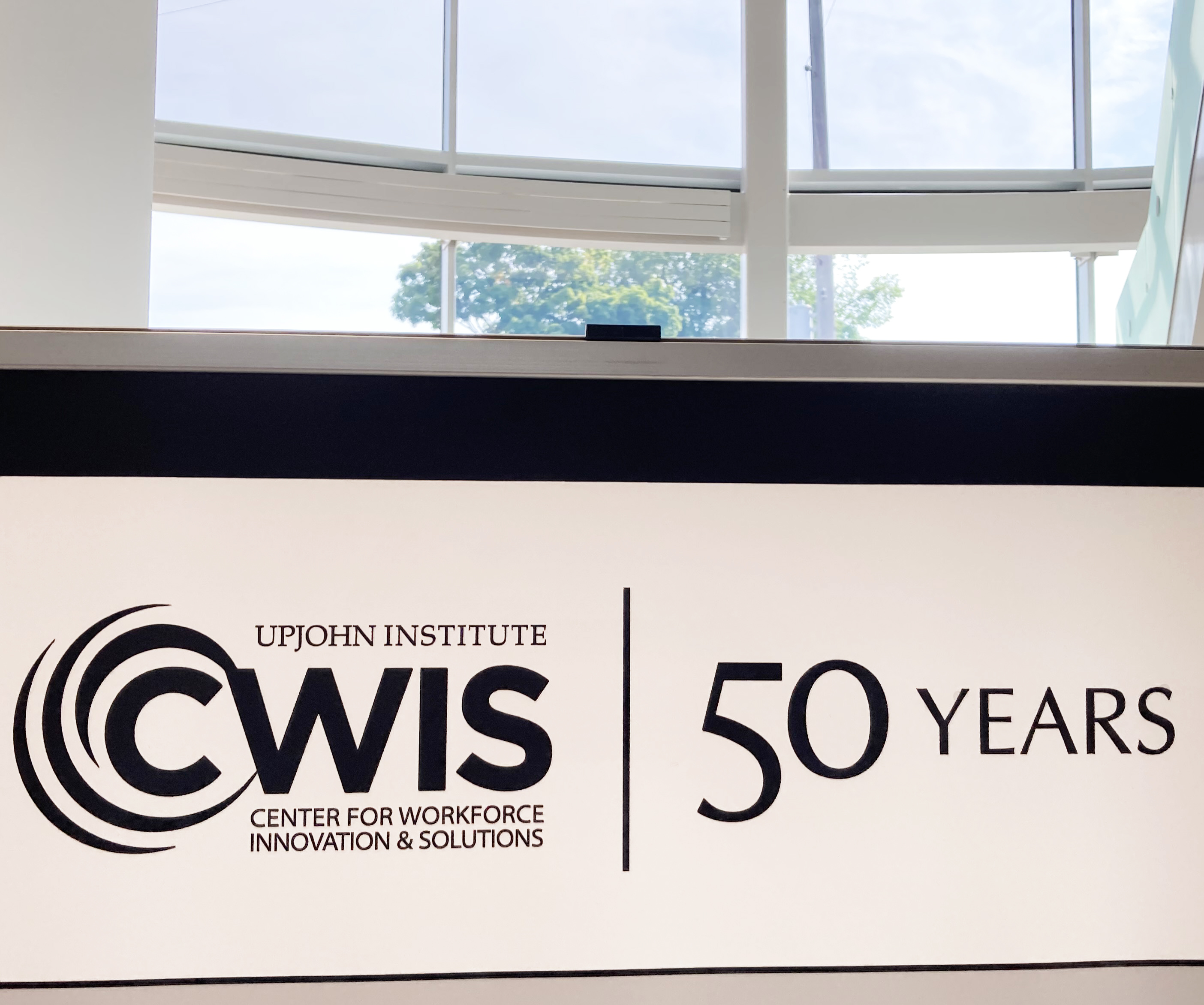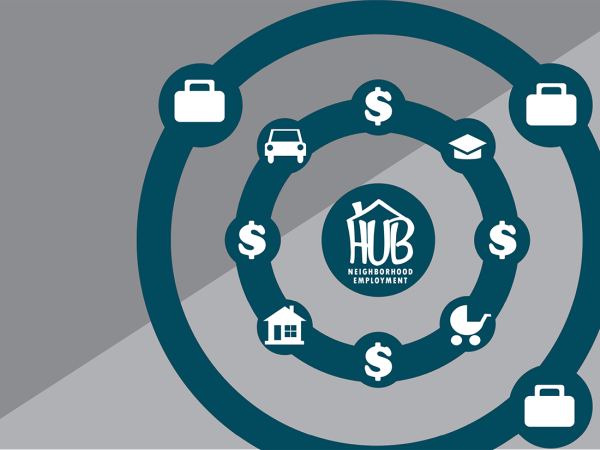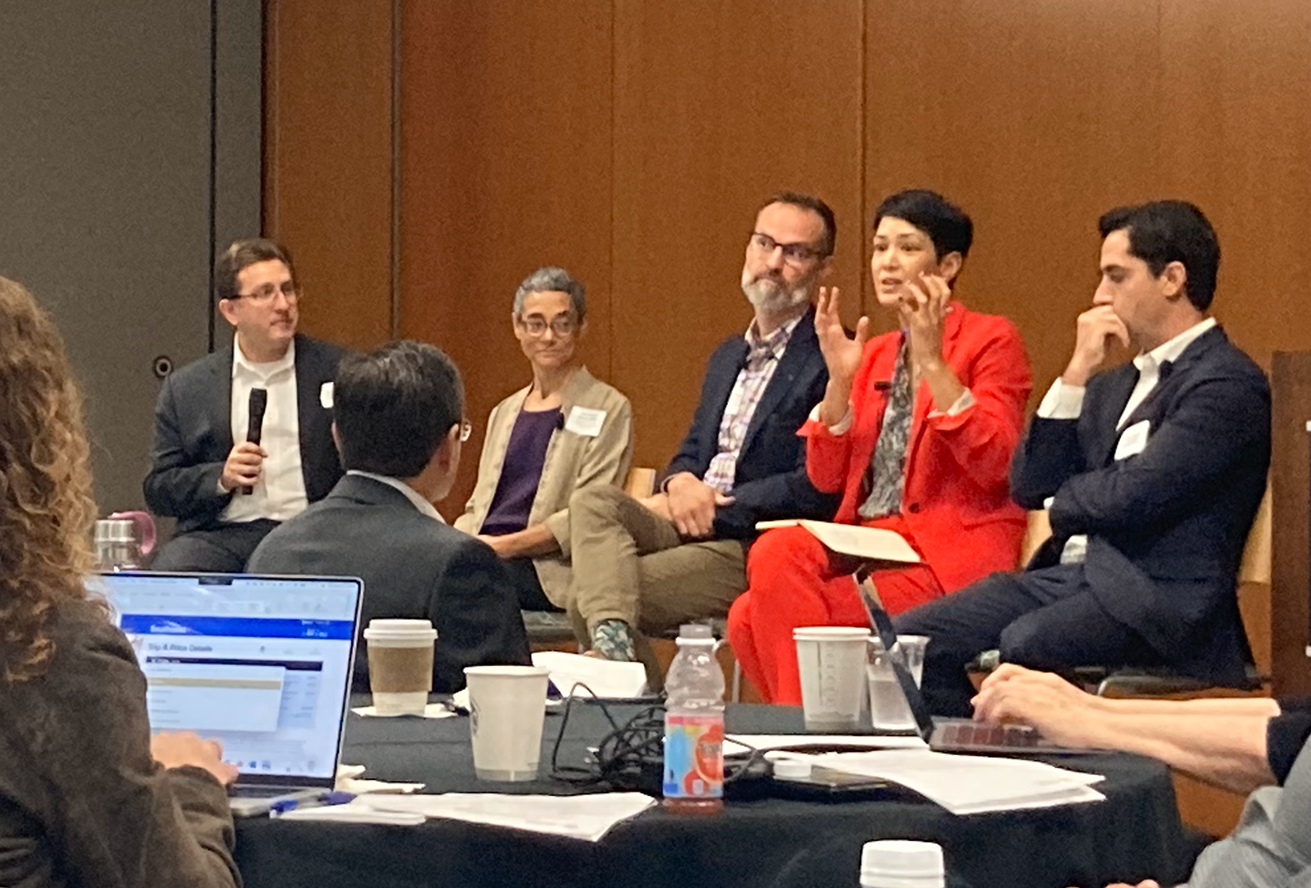
Workforce center marks 50 years of milestones
August 26, 2024

The Center for Workforce Innovation and Solutions manages employment and training services for Branch, Calhoun, Kalamazoo, and St. Joseph counties under the Michigan Works! umbrella. Through collaborative partnerships and a comprehensive, intersectional approach, CWIS strives to develop and implement high quality services and systemic changes that result in positive impacts for both workers and employers.
Topics


Michigan Works! Southwest manages federal and state programs that prepare the workforce to meet the current and emerging needs of business and industry. Through fostering collaborative partnerships, its team is dedicated to continuous improvement and meaningful transformations in the people, businesses, and communities it serves.
The Employer Resource Network® collaborates with employers, non-profits, community colleges, and the public sector to provide individualized services aimed at improving employee retention and productivity.
Pulse collaborates with key partners to ensure resources are available for providing equitable access to early childhood development experiences, to create and improve learning environments, and to promote the healthy development of children. The foundational belief is that when children thrive, the entire community benefits.
Overseen by Michigan Works! Southwest, Neighborhood Employment Hubs provide comprehensive employment services to residents in marginalized communities in Battle Creek, Michigan.
NHQI July 2024
Upjohn Institute New Hires Quality Index for July 2024 dips 0.1 percent in third monthly decline, plus annual Labor Day look at actual real wage growth

New study highlights strategies to enhance Ohio Innovation Exchange
Upjohn Regional carried out the evaluation for the Ohio Department of Higher Education
June 10, 2024
The Regional team’s focus is on applied economic research and technical assistance. It addresses issues in regional economies, economic development, workforce/occupational development, evaluation, public policy development and economic impact modeling and analysis. The team assists corporate, nonprofit, economic and workforce development entities along with all levels of government in problem resolution and strategic decision making. Besides offering a comprehensive set of economic development services, the Upjohn regional team also provides land use and resource planning, mapping capabilities, and the Regional Datahub.
Topics
- Regional Strategies and Industrial Clusters
- Community Assessment, Analysis, and Policy
- Workforce and Talent Assessments
- Infrastructure and Land Use Policy
- Housing Analysis and Planning
- Conducting Surveys
- Geospatial Analysis
- Evaluation
- Economic Impact Analysis
Resources


Our focus is on examining the competitiveness and dynamics of industries and clusters, analyzing the resources available in a region that support businesses and how they contribute to job creation and economic growth. We also conduct in-depth studies of specific regions to understand their economic structure, workforce, physical infrastructure, and other resources.
We analyze local economic and cultural data to help communities develop policies and strategies for improving their economic and social environments. Drawing on research from successful models, we provide expertise in addressing community issues.
With our workforce development projects, we continue the legacy of Dr. Upjohn, who created a co-op farm during the Great Depressions where displaced workers could provide for their families. By understanding the wages and skills of workers, we craft workforce strategies to help a region or community grow its economy. Our work includes wage and benefit surveys, workforce education and skill gap analysis, migration, commuting pattern analysis, and more.
We support local governments and economic development agencies by creating master plans, land-use plans, broadband plans, and transportation plans, helping communities optimize the use of shared resources so the community can flourish now and in the future.
We create housing plans that provide current assessment data, supply and demand information, and strategies for a balanced community. We also offer collaboration opportunities and policy recommendations to address the existing gaps in the housing market, fostering workforce expansion and economic growth.
Often, the right data to inform a project does not exist. We use surveys to collect primary data bridge this gap, generating unique datasets and uncovering valuable insights not found elsewhere. From empowering local businesses with wage and benefit data to informing housing plans through community input, surveys gather primary data to fuel research and connect stakeholders, driving informed decisions.
Geographic Information Systems tools store, visualize, and analyze spatial data, offering crucial insights for planning and economic development. We leverage geospatial analysis (spatial data enrichment and aggregation, overlay analysis, and point pattern analysis) to provide valuable insight into regional data that traditional methods of analysis overlook. Moreover, we use web- based mapping tools to visualize spatial data for our clients and partners to access the same data without requiring specialized software.
We provide program evaluation to assess and improve the impact of social interventions such as new treatment methods, service innovations, and other practices and initiatives. We seek to understand precisely why the changes occur by studying purpose and original objectives, what was predicted and achieved, how it was accomplished, the role of specific players, and factors affecting implementation.
We conduct economic impact analysis that helps communities understand the significance of industries or companies in their local economy, assess job implications from economic changes, and determine appropriate investment strategies. These studies provide quantitative estimates of how the local economy, or a specific region, responds to a stimulus, whether positive or negative. By tracing connections across various economic sectors, they calculate multiplier effects, demonstrating how initial impacts ripple through the economy. Regions for economic impact analysis can vary, ranging from municipalities to larger geographic areas with shared economic characteristics, such as a county, metropolitan statistical areas, state, or Census regions.
Regional Strategies and Industrial Clusters
Our focus is on examining the competitiveness and dynamics of industries and clusters, analyzing the resources available in a region that support businesses and how they contribute to job creation and economic growth. We also conduct in-depth studies of specific regions to understand their economic structure, workforce, physical infrastructure, and other resources.
Community Assessment, Analysis, and Policy
We analyze local economic and cultural data to help communities develop policies and strategies for improving their economic and social environments. Drawing on research from successful models, we provide expertise in addressing community issues.
NHQI September 2024
Upjohn Institute New Hires Quality Index drops 0.1 percent in September, with recent decline driven by full-time hires; part-time hires see gains
Our interdisciplinary approach emphasizes alignment between government, business, and community organizations.
We collaborate closely with partners to evaluate and understand how to build effective place-based strategies.
Institute research focuses on labor markets by addressing several core areas: the causes of unemployment and the effectiveness of social safety net programs in mitigating its effects; education and training systems to improve workers’ employability and earnings; and the influence of state and local economic development policies on local labor markets. The Institute also assesses emerging trends affecting workers and labor markets in its core research areas.
Topics
- Job Quality & Economic Security
- Social Insurance & Safety Net
- Education & Workforce Development
- Economic Development
Resources


Our research explores not just the number of jobs, but also the quality of those jobs and how well they support stable households and communities.
Examinations of social safety net programs are central to the Upjohn Institute’s mission to address causes and solutions to unemployment. Our research assesses effectiveness of current social insurance programs and explores other strategies to keep people in stable jobs and minimize the effect of economic downturns.
Building and maintaining skills for the labor force is a lifelong process, starting with prekindergarten programs and continuing throughout a worker’s career. The Upjohn Institute’s research elucidates how each learning stage and program contributes to a strong workforce.
Upjohn Institute research offers insight into specific industries and the labor market as a whole, from locally to nationally and internationally and from both the supply and demand sides. Focal areas include manufacturing, tax incentives and regional collaboration.
Workforce and Talent Assessments
With our workforce development projects, we continue the legacy of Dr. Upjohn, who created a co-op farm during the Great Depressions where displaced workers could provide for their families. By understanding the wages and skills of workers, we craft workforce strategies to help a region or community grow its economy. Our work includes wage and benefit surveys, workforce education and skill gap analysis, migration, commuting pattern analysis, and more.

























































